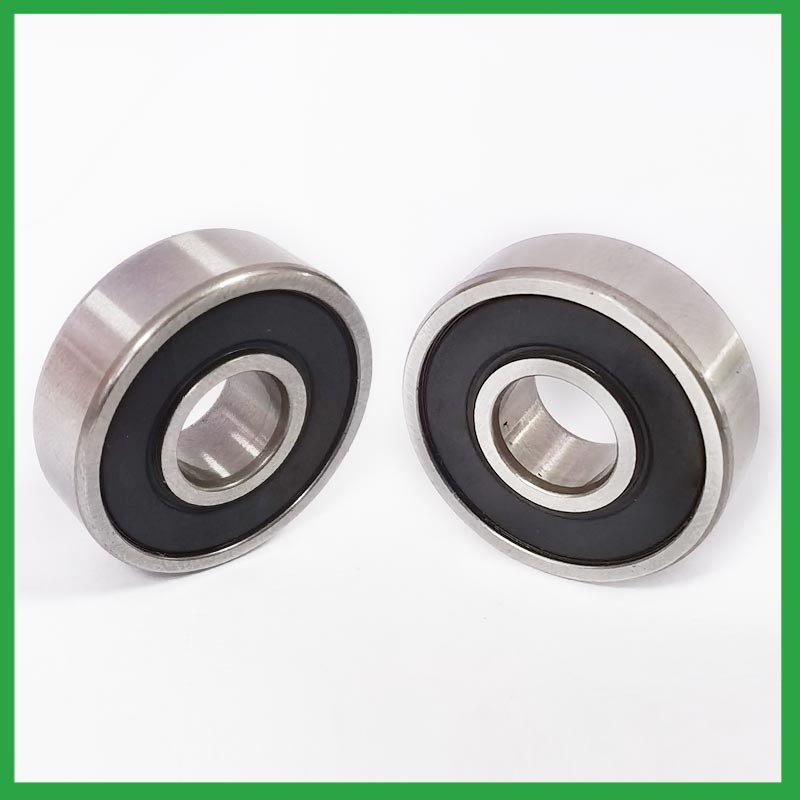PRODUCTS
CONTACT US
Ningbo Nide International Co., Ltd.
一一
· Contact person:Jack Zeng
· Mob/Whatspp/WeChat:0086-13738869026
· Email:emarketing@nide-group.com;marketing4@nide-group.com
· Add:No. 169, Wohushan Road, Daqi Subdistrict, Beilun District, Ningbo, China

Nide team could manufacture ball bearing as per customer’s drawing and samples.
If customer only has samples, we could also design drawing fo r our customer.
We also provide customized service.
Our ball bearing is widely applied the different industrials.
Haishu Nide International is specialized in bearings export production selling and after-service. In practice for many years, we established strict quality assurance system. Our products range covers shaft,fan,carbon brush,motor cover and lamination,ball bearing,commutator,thermal protector,etc.We can do OEM products, and do following drawings.
Nide wishes is to provide world wide customers with one-stop service for the motor manufacturing. Make motor, turn to Nide, everything will be easy !
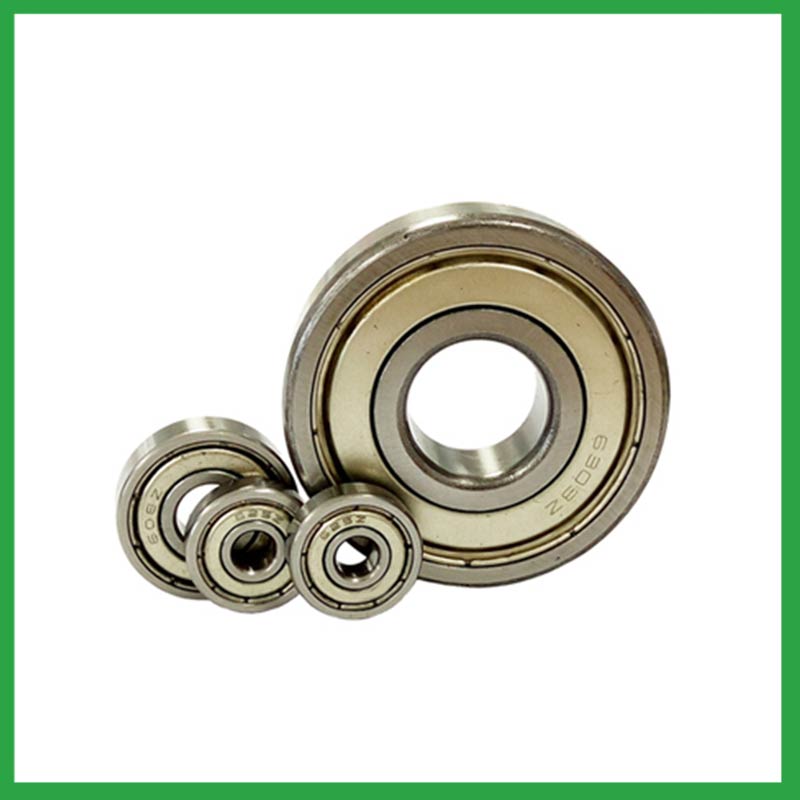
| Parameter | Information |
|---|---|
| Product Name | ball bearing center |
| Brand Name | NIDE |
| Place of Origin | Ningbo,Zhejiang,China |
| Material | stainless steel, etc. |
| Structure | Deep Groove |
| Color | Customized Color |
| Delivery Time | 5-7days |
| Port | Ningbo/Shanghai |
| Export region | Oceania,America,Asia |
| Export Country | India,Brazil,South Korea,Belarus,Finland,Tromelin Island,Georgia,Greenland...etc |
| Application | aviation engines,machine tools, etc. |
| OEM/ODM | Yes |
| Size | Customized size |
| Stock | In Stock |
| Feature | Good wear resistance,High precision...etc |
| MOQ | 10 pieeces(Specific according to the model) |
| Certification | ISO9001,CE-stator coil forming machine,CE-stator coil winding inserting machine,etc |
| Supply Ability | 100000-500000 Piece/Pieces per Month |
| Lubricate | Oil Grease |
| Packaging Details | Suitable for sea transportation |
| Lead time (days) | 15-20 (To be negotiated) |
Please note: The above table data is for reference only. For specific information, please contact us.
ball bearing center can be used in household appliances, such as barrel machine spindle bearings,refrigerator door leaf wings,vegetable cutters,mixers, etc; It can also be used in industrial fields, such as weighing machines,reducers,weaving machine spindle bearings,dishwashers, etc.
During the disassembly process, the outer shell should be kept intact to avoid unnecessary damage;
When replacing installation components, attention should be paid to the accuracy of the support components to prevent deformation;
During the disassembly process, attention should be paid to protecting the surface quality of the ball bearing to ensure its performance;
During the operation, attention should be paid to removing surface dust to ensure the quality of the ball bearing.
Ball bearings have many advantages, making them highly competitive in the market.
Firstly, they are very durable and have good wear performance, making their service life longer than many other types of bearings.
Secondly, they are easy to install and can provide low friction performance in various applications.
Thirdly, they require a relatively low level of maintenance, making them cost-effective.
In addition, compared to many other types of bearings, their purchase cost is relatively low, making them an economical choice.




ball bearing center---FAQs Guide
2.Are there specific ball bearing center designed for applications in the aerospace and aviation industries, and what standards do they adhere to?
3.How do manufacturers ensure the quality and reliability of ball bearing center through material selection and precision machining?
4.Are there ball bearing center designed for use in critical medical equipment?
5.How do preload adjustments in ball bearing center affect their performance and suitability for high-precision tasks?
6.Are there self-aligning ball bearing center that accommodate misalignment and shaft deflection in rotating equipment?
7.What is the load distribution within a ball bearing center, and how does it vary between different bearing configurations?
8.Are there ongoing research and development efforts aimed at improving ball bearing center materials, designs, and lubrication techniques?
9.How do ball bearing center handle radial loads, axial loads, and combined loads, and what are their load-carrying capacities?
10.Can ball bearing center be customized with special coatings or treatments to meet specific industry standards or regulatory requirements?
1.What are the standard sizes and dimensions of ball bearing center?
ball bearing center size charts are widely available, and can be used to find the measurements of a specific bearing. Series 6200 and 6300 are the most commonly used, and typically range from 10 x 30 x 9 mm (. 394 x 1.181 x . 354 in) to 150 x 320 x 65 mm (5.906 x 12.598 x 2.559 in).
2.Are there specific ball bearing center designed for applications in the aerospace and aviation industries, and what standards do they adhere to?
Airframe control ball bearing center are specialized bearings tailored for aircraft structures, particularly control systems and surfaces. Designed for low-speed oscillatory applications, they offer precision and support, effectively managing misalignments and flight-induced stresses.
Airframe Control bearings are lightweight, corrosion-resistant, grease-lubricated, and are sealed on most occasions. They come in precision grades for running accuracy.
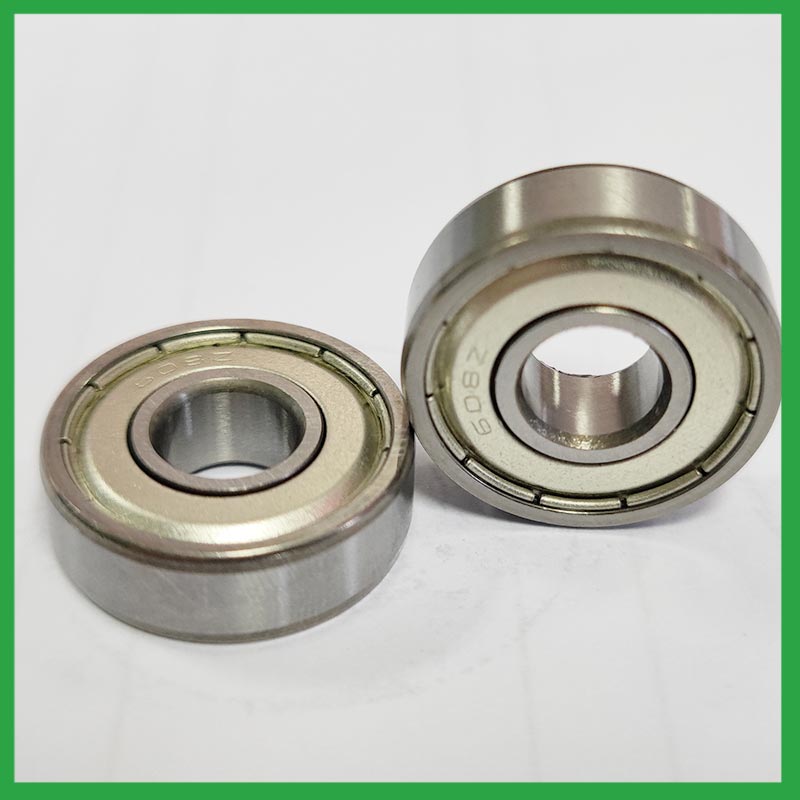
3.How do manufacturers ensure the quality and reliability of ball bearing center through material selection and precision machining?
High-precision measuring instruments, such as micrometers and gauges, are used to check the dimensions of the rings and balls to ensure they meet tight tolerances. Surface Finish Inspection: Surface finish is assessed using profilometers to ensure the required smoothness and low friction characteristics.
4.Are there ball bearing center designed for use in critical medical equipment?
Precision ball bearing center are among critical components in medical devices that are vital to ensuring patient safety. Correct choice of suitable ball and ring materials and the right product design can ensure high-precision bearings — and medical devices — have a long service life.
Precision bearings are used in a wide variety of medical devices including surgical power tools, ventilators and heart pumps — and patient safety depends on them all. Whatever the device, there is an onus on medical device original equipment manufacturers (OEMs) to ensure that the right type of bearings are chosen, and fit precisely into the application.
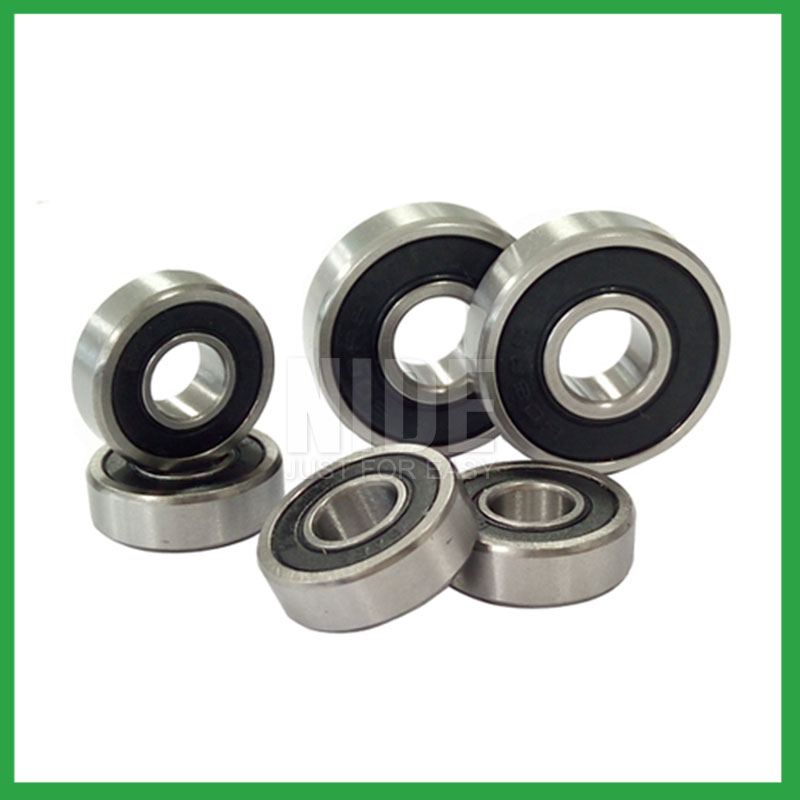
5.How do preload adjustments in ball bearing center affect their performance and suitability for high-precision tasks?
Benefits of Preloading a Bearing
Optimizes the ball spin to roll ratio.
Increases the rigidity of an application.
Protects from excessive ball skidding.
Decreases application vibration and sliding friction.
High running accuracy (even if load conditions keep changing)
Increases bearing load capacity.
6.Are there self-aligning ball bearing center that accommodate misalignment and shaft deflection in rotating equipment?
These ball bearing center are particularly suitable for applications where misalignment can arise from errors in mounting or shaft deflection. A variety of designs are available with cylindrical and taper bores, with seals and adapter sleeves and extended inner rings.
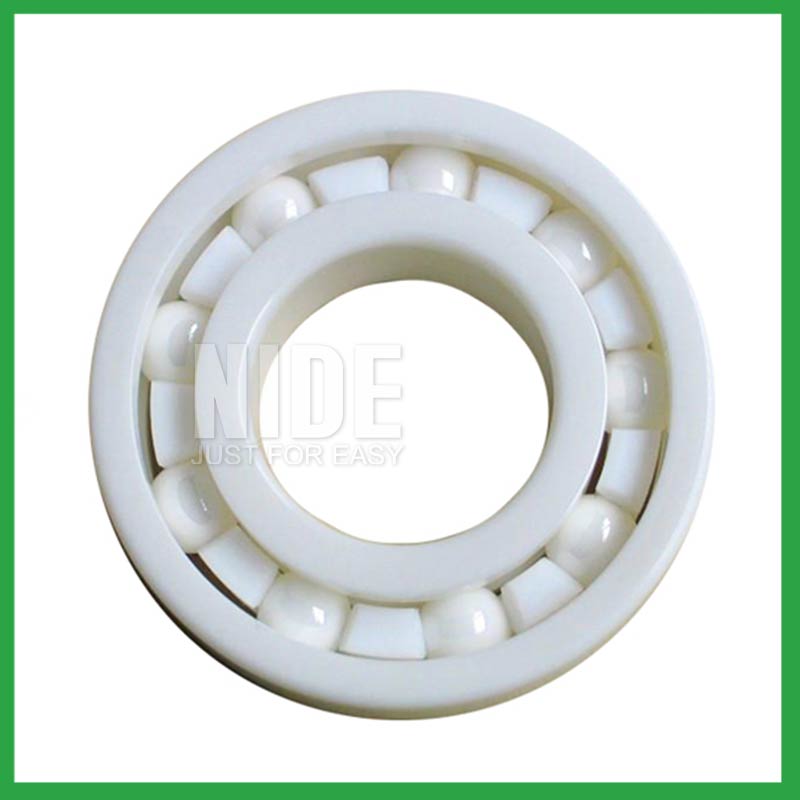
7.What is the load distribution within a ball bearing center, and how does it vary between different bearing configurations?
The load distribution between the rolling elements and raceway is crucial in performance evaluation of rolling element bearings. Determine the load distribution by measuring the strain response at the bearing surface with a notched housing. Finite element analysis shows that the introduction of notches does not affect the load distribution. An experimental system was developed to investigate the load distribution in a cylindrical roller bearing. The experimental static load distribution agrees well with the theoretical calculation. The dynamic load at specific position of load zone reflects the manufacture difference among rollers and dynamic balance of distributing loads.
8.Are there ongoing research and development efforts aimed at improving ball bearing center materials, designs, and lubrication techniques?
A custom ball bearing center can satisfy almost any customer’s needs. Your application may need a needle roller or ball bearing, a radial or angular contact design, a plain carbon steel bearing with anti-corrosion coatings or stainless steel, a thrust bearing or a spherical bearing, tight or loose radial play, sealed or non-sealed designs
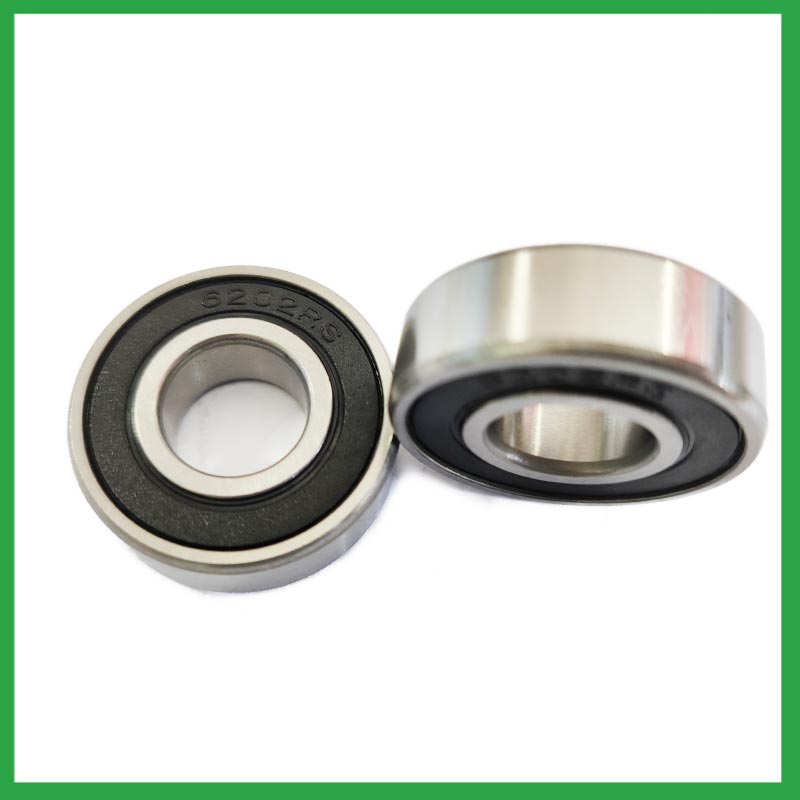
9.How do ball bearing center handle radial loads, axial loads, and combined loads, and what are their load-carrying capacities?
The type of bearing used also varies between these loads. While deep-groove ball bearing center are better equipped to handle radial loads, thrust ball bearings are designed for axial loads. However, it's essential to note that most bearings, such as angular contact ball bearings, can handle both radial and axial loads.The Bearing Static Capacity, Co, is the maximum load that can safely be applied to a non-rotating bearing that will not cause subsequent bearing operation to be impaired. It is based on calculated contact stress at the center of the most heavily loaded rolling element where it contacts the Inner Race.
10.Can ball bearing center be customized with special coatings or treatments to meet specific industry standards or regulatory requirements?
Yes, ball bearing center can be customized with special coatings or treatments to meet specific industry standards or regulatory requirements.
1. Corrosion-resistant coatings: These coatings are used to protect the bearings from corrosion caused by exposure to moisture, chemicals, and other corrosive substances.
2. High-temperature coatings: These coatings are used to improve the thermal stability and performance of bearings in high-temperature environments.
3. Food-grade coatings: These coatings are specially designed for applications in the food and beverage industry, where bearings come into contact with food, beverage, or pharmaceutical products.
4. Anti-static and non-conductive coatings: These coatings are used to dissipate static electricity, which can cause damage to electronic components.
5. Specialized lubrication treatments: Bearings can be treated with specialized lubricants that meet specific industry standards or regulatory requirements.
